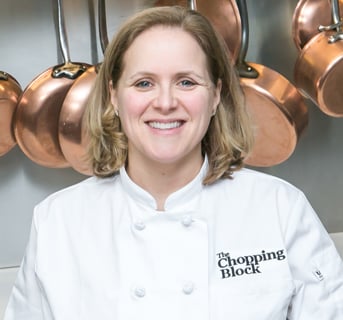I visited my college town this weekend and spent much of the time on the hunt for the most delicious clam chowder. Growing up in the Midwest, I didn’t have occasion to enjoy New England Clam Chowder that often, other than out of a can – and let's be honest, eating soup out of a can should always be a last resort.
Just to clarify, there are two major types of clam chowder: a tomato broth based and a cream based. The tomato broth based style is called Manhattan, and the creamy based is New England style. As you can imagine, there isn’t a tomato is sight when you order clam chowder in Boston, or almost anywhere in New England for that matter. And there is definitely no “r” in “chowda” when ordering in Boston.
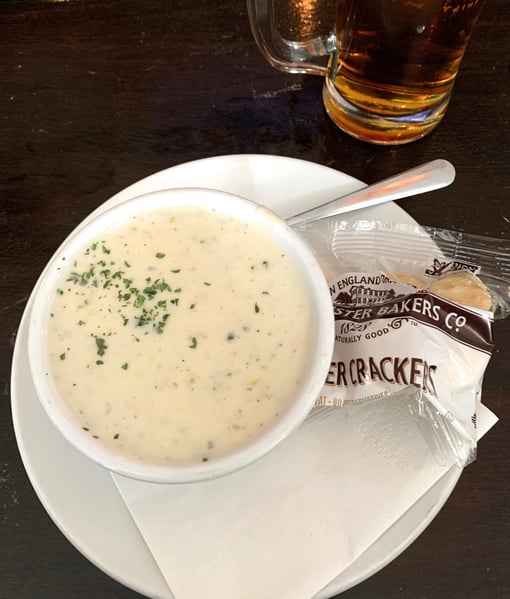
On this trip I decided to visit an old haunt, as well as a few of the most famous Boston eateries, known for their fresh seafood and of course, clam chowder. Almost all of the restaurants offered their chowder in both cup and bowl sizes, some in bread bowls and sometimes the cup size came in a mug. I tasted chowder at the oldest continuous operating tavern in the United States called “The Bell in Hand,”
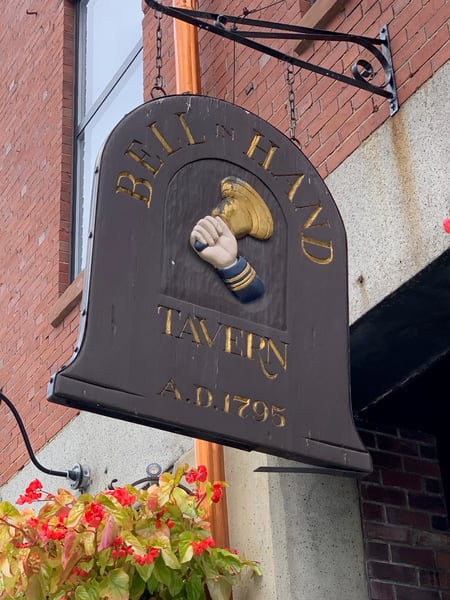
the oldest restaurant in the United Stated called “The Union Oyster House,”
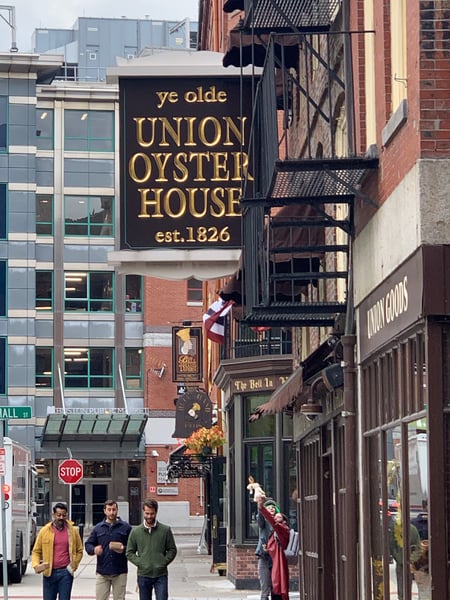
a classic cavernous spot in Quincy Market called “The Salty Dog”, which side note, is also the name of a cocktail made with vodka and grapefruit juice,
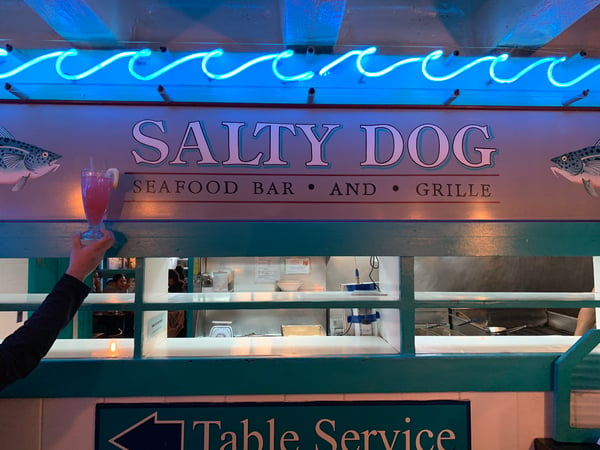
and one of my favorite restaurants from my time as a student, “Joe’s American Bar and Grill” in the Back Bay neighborhood. All except Joe’s looked the exact same as they did 25 years ago, and each of them claims to have the most authentic New England Clam Chowder.
I learned a few things along the way. Chowder needs to be served steaming hot and cling to the spoon, but not be too thick. I prefer oyster crackers to bread, as the crackers add a welcome crunch to the soup’s texture, as well as a bit of salt. Speaking of salt, it’s really important to add enough salt to a soup that is roux and cream based. And finally, there is no substitute for using clam juice as well as some type of salt pork or bacon for depth of flavor.
In the end, I was secretly thrilled to discover that my favorite chowder from 25 years ago, the chowder that made me fall in love with this comfort dish extraordinaire in the first place is still at Joe’s American Bar and Grill. While two of the three other places serve good chowder, (one place I really didn’t like – it was very bland, lacked clam flavor and the roux was not cooked properly so it had a pasty texture), Joe’s hit all the right notes. It was steaming hot, had lots of clam flavor, offered good size chunks of potato and clams, and most importantly was properly seasoned and cooked.
So the next time you are in Beantown and in the mood for some “chowda,” I highly recommend making a visit to Joe’s. It’s a quintessential New England experience in a town steeped in the virtues of tradition.
And if you can’t make it to Boston, check out The Chopping Block's Autumn Soups and Stews class, where you will learn the building block techniques for any delicious soup or stew. We'll teach you the proper way to clean and sort through clams and make clam chowder in our week-long Culinary Boot Camp 1.


